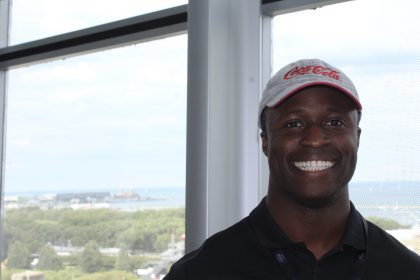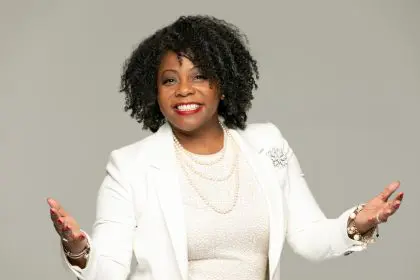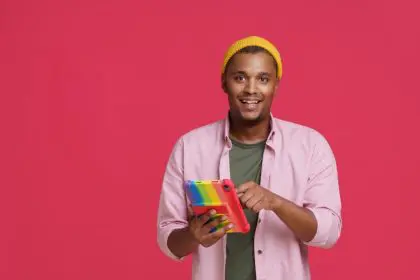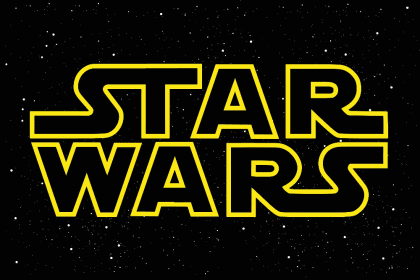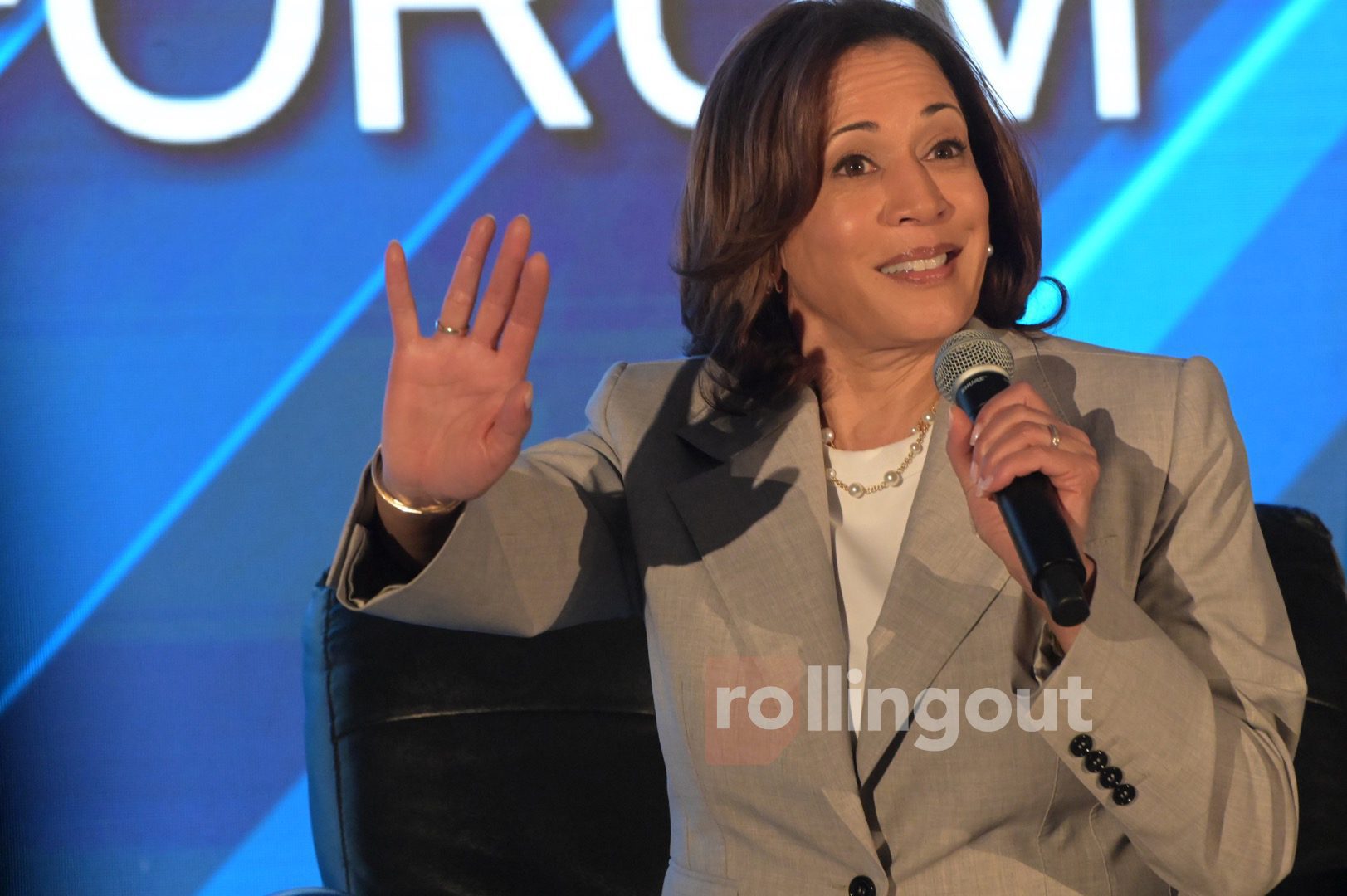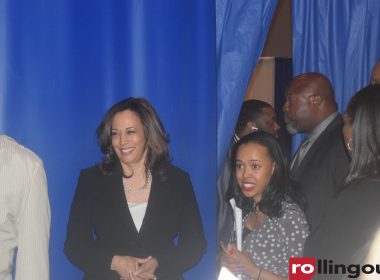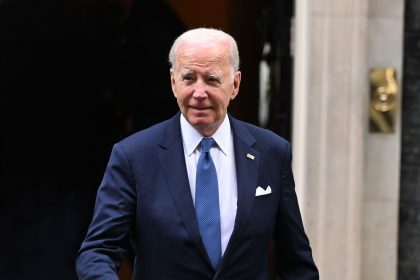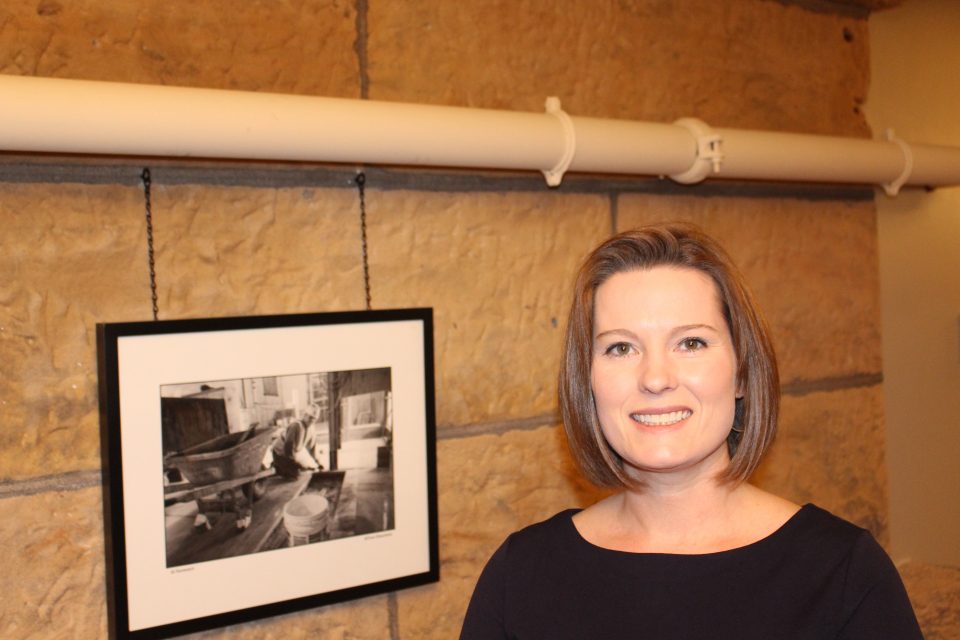
Jaime Tincher, deputy mayor of St. Paul, Minnesota, has diversity and equality on her mind. Her sense of determination, strong work ethic and personal background in various facets of the labor force have aided in her ability to effect positive change for the citizens, particularly communities of color. In a recent interview, she discussed her past history working alongside Minnesota Gov. Mark Dayton and Lt. Gov. Tina Smith as the former chief of staff and some of her goals as a political leader for the state.
What is the importance of diversity for the state?
Well, for the state of Minnesota and for the governor, we realized a couple of years ago that when you look at the changes that we see on the horizon and what’s going to make our state successful economically in the future there were two challenges that we really need to tackle and one is a labor shortage. We need to be a place where people in Minnesota currently who are not in our economy — we need to bring them into our economy. And that’s not going to solve the whole problem. We’re going to need to be a place where people want to migrate to, to raise their families and live their lives. Some of the disparities that we were seeing in Minnesota around education, economic disparities, [and] job opportunities, we need to tackle those head-on. The state of Minnesota usually is the No. 1 or the No. 2 largest employer in the state. And with 34K employees, we can make a really big impact on job opportunities and economic advancement and really closing those disparities. So some of the work that we embarked on — we brought on a chief inclusion officer for the state of Minnesota. Mr. James Burroughs, he works in the governor’s office side by side with me really figuring out, you know, what do we need to do to do the hard work of figuring out practically the nuts and bolts of how do you actually move from a place where your job, your workforce doesn’t reflect the state to a place where it is starting to reflect the state? And the areas that we really focused on were in hiring opportunities. Looking at the whole process of how we hire people, from the posting of job positions to recruiting talent for jobs in the state of Minnesota, to how we interview and also how we retain the talent that we do hire. There’s a lot of real programmatic work and thought and analysis that needs to go into what are we doing that’s successful right now but what do we need to do practically to actually achieve the results that we want?
The other area where we’re focusing is civic engagement. So for state government, we are policy makers, and if we are making policy and deciding on programs and how we do things in the state of Minnesota, if we aren’t including all of the communities, all of the voices, all of the people of the state of Minnesota, we’re going to be missing things; we’re going to miss opportunities; we’re going to miss the ability to really have transformative programs and policies and things that are actually driving our state in the right direction. And the last thing that we’ve really focused on is [that] the state of Minnesota spends a lot of money. Figuring out how do we make sure that we are spending that money equitably in all of the communities that make up Minnesota has been another effort, and we have spent a lot of time and energy and hired a lot of staff so that we can focus on how are we making sure that entrepreneurs and small businesses and targeted businesses that exist here in Minnesota know about the opportunities that exist and that we’re connecting them to those contracts and to those taxpayer dollars that they can compete for.
What are some of the things that the state has done to see the results from making changes?
In terms of the job opportunities, for a couple of years now we’ve done career fairs that are targeted for people of color. We’ve learned that through different channels, communications, how do you recruit? How do you make sure that all of our communities know about the opportunities in state government? And we have jobs from accountants to zoology. But what we have not done as effectively in the past but that we are doing much better now is communicating and marketing the opportunities that exist in Minnesota and making sure that our professionals and our job seekers in communities of color have access to those opportunities, that they can network with the folks that currently work in the state of Minnesota, and it’s paying off. We’re getting a lot of great referrals. We’re getting a lot of talented individuals who had never thought about state government as an opportunity for employment. They’re applying, they’re interviewing, and they are getting hired. So the job fairs have been really successful. The same sort of thought process is around procurement and contracting and where we spend our money. We have done a lot of trainings and outreach and are doing a lot of networking with small businesses, with business owners of color, to make sure that they know what the contracting process for the state of Minnesota looks like. It’s a little different. There are a lot of technical things that you kind of have to know about. We’ve figured out that knowing about those opportunities and then also knowing the process for how you are successful in securing those contracts is an important thing that we need to do so that we can see those numbers change.
What are some the things you’ve done as far as marketing to attract new talent? Based upon that, what aspects of technology have you been able to implement in the process of marketing?
So one of the biggest challenges that we’ve had, and it’s still a challenge, and it’s something that we’re going to keep working to overcome is the technology we used to apply to state government jobs. I’ve heard that it’s a very onerous process for a lot of people- the uploading of your resume… the rules you have to follow because of the technology, because of the database that we use. So we’re going to keep trying to figure that out. In the meantime while we haven’t shifted to the perfect technology system, what we are relying on is one on one communication, more networking, the ability to talk to individuals who do want to apply. They’ve got to get through that technology, and so how do we have some people who can help navigate that process. How do we have some recruiters? We hired, a couple of years ago, a statewide executive recruiter like you see in a lot of the private corporate world, and she’s been phenomenally successful at building a database of talented high level professionals who want to work in the state of Minnesota. That one on one connection and personal recruiting has been immensely helpful to filling our top-level leadership positions. What we’ve done is add more people to her team so that at all levels of government we are helping those folks who want to come and work for us get through it whether it’s a technology issue or you know, just understanding the different opportunities. That one on one networking has been very helpful.
Based upon the changes, especially with James Burroughs coming on board, the governor has made, is the difference measurable as far as the improvement or increase in inclusion for the state?
Yes. Yes. I would say we’re seeing the beginnings of success, and I think it’s important for us to acknowledge those successes. We see the change to the Cabinet in terms of the number of the top-level positions in the administration. We have successes in hiring top-level talent. We see some of the numbers inching up in terms of representation in state government of people of color and of other backgrounds. What I would also say, though, is we have a lot of work left to do, and the biggest challenge that we really have is the retention piece. We know that there are people from diverse communities who want to come and work for the state of Minnesota. They’re applying they’re getting hired. Where we need to really figure out and double down on our efforts is our ability to retain that talent. A lot of that is dependent on how people feel in their workplace.
Once you get that job do you feel like you can bring your whole self to work? Do you feel respected? Do you feel included? And that’s going to be a longer term, more intensive focus that we’re just going to have to have. Whether it’s about people of color, Native Americans, or women in the workforce. Everybody wants a workplace where you feel respected and included and valued for the work that you do, and so it’s an effort that I think is going to help us with the metrics and the numbers and sort of the goals around being reflective of the people of Minnesota. But in reality it’s something that every workplace should just do because everybody wants that satisfaction from their job, and that personal, human piece is really important no matter what triggered it.



